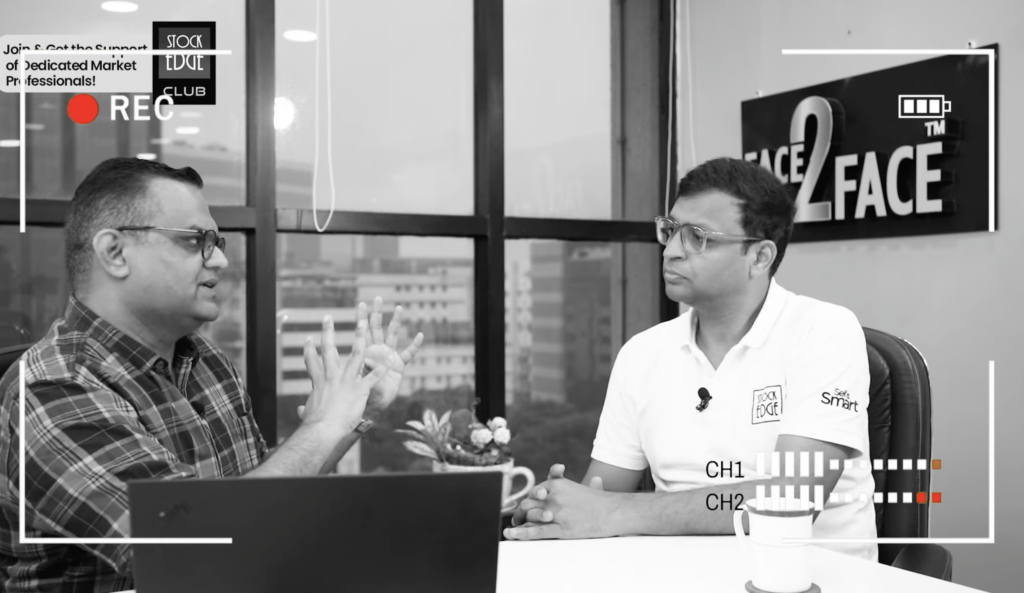With markets making a new ATH, the age-old question comes back again: will the rally persist, or are we on the brink of a market crash?
Frankly, I don’t know, But I can offer an intelligent solution – i.e. hedging your portfolio.
Hedging is akin to buying insurance for your investments.In this thread, I share four ways for you to do it. Intrigued? Prepare your coffee and notepad as I unveil these four strategies. 🍵
⚠️Disclaimer: This is not investment advice. Hedging involves use of derivatives which if executed incorrectly can cause loss of capital. Strategies shared here can be both complex to comprehend and hard to execute due to multiple reasons, primary being liquidity.
Here’s the first, seemingly simplest approach:
1/ Buying Puts – What – You can buy long-dated puts, also known as LEAPS, that expires on December 24. Very similar to the annual auto insurance that you buy.
In a simplistic sense, when markets go down, the value of the puts go up there by compensating you for your losses. But you may ask – How do I go about buying puts?Your existing portfolio should be of a minimum of 11L. Why 11L? Because 1 lot of NIFTY Put has an exposure of approximately 11L.
Calculation – 21k (Nifty Current Spot Value) *50 (Lot Size)
How much will it cost – 21000 DEC24 PUTS are trading at Rs 732, cost of 1 lot will be 50*732 = 36600. That’s approx 3.3% on an 11L portfolio. Not bad at all!
Must knows – If market goes up by the end of the year you will lose your insurance costs aka premium.The above approach is for Nifty Index or MF investments. For Stock portfolio, you would need to calculate the beta of the portfolio and then arrive at the hedge.
Lastly, in the long run markets have a positive drift, and hence insuring year on year may affect long term returns. If you already have a highly diversified portfolio, or if Equities is a very small part of your networth it may make no sense to engage in hedging.
Next, is a very interesting approach to avoid any downside risk and capture a fair bit of upside.
2/ DIY Structured Product – Structured products are trades or portfolios which have two instruments, a base instrument like an index ETF or Debt MF, and a options layer on it.
In this example I will explain how to create a structure where you gain if market goes up, but don’t lose much if market crashes.You need a min of 11L for this strategy as well. You will need to exit all your market investments, and say you will have 11L. First, you need to buy an ATM NIFTY DEC24 CALL. Current price is Rs. 1835, therefore a cost of Rs. 91750. You are now left with 10.08L. Now, invest the same (10.08L) in a debt product yielding, say 7%. The cost of Call was 8.5% and your debt yield is 7% so a net cost of creating the structure is 1.5%. That’s the max loss if market closes below say 21k. If the market closes above 21000 by end of Dec’24 you will make that money as you are holding call which has a notional value of 11L. So if the market goes up by 5% your call make that money for you. Sweet? But wait.
Must know – You need to bear any tax implications of both selling your holdings and returns on the debt product also the short term capital gains tax on the options. But get the advantage claiming expenses while filing taxes, except if you opt for presumptive tax.
If you reached till this point, I owe you a drink the next time you are in town! Pukka! 🍻
Okay, the next approach is a bit complex, so you need to stay with me on it, and ask questions if you find it hard to comprehend.
This one is a levered approach.
3/ DIY Levered Structure – This is an example of structure with leverage built in. We are taking a position worth 11L with just about 3L. From your 3L you invest 2L in the Index. You are left with 1L now. Cool? Next you pledge the index investment to get margin. Plus, you still have 1L in cash. Now, you go long 1 lot of index futures, and keep some cash for MTM losses. So far so good?
2L in ETF (Pledged) + 1L (Cash) of which 50k will get used for Buying Futures (Current Month)
You are levered so you need a hedge. You still have 50k Cash. from which you now buy a LEAP Put which would approx cost 36k. Finally. have a portfolio exposure of 14L and insurance for 11L of it. Yes, it’s not balanced, but you get upside alpha and downside protection.
Must knows – This is a complex structure, and do not attempt it unless you know what you are doing. However if done consistently over years, and by reinvesting the profits in the strategy, one can beat the benchmarks with this.
Fourth and the last one.
4/ Active Trend Following – Min of 11L for this strategy. 8.5L stays in Index ETFs or your existing portfolio. You use balance 2.5L to trade Nifty Futures on both the long and short side, and keep cash for MTM losses. This again is a levered strategy, but levered only on one side of the trade ie the long side. For a more detailed explainer watch this video
In Summary
Hedging is of value only if a considerable part of your net-worth is exposed to market risk. It’s also of value if you are just starting your investing and want to be savvy with your investments. Yet, in India, despite market exposure, even High Net Worth Individuals (HNIs) often overlook hedging, given the challenges with PMS and AIF vehicles.
For those keen on hedging, the optimal path lies in finding a knowledgeable and reliable financial advisor.


